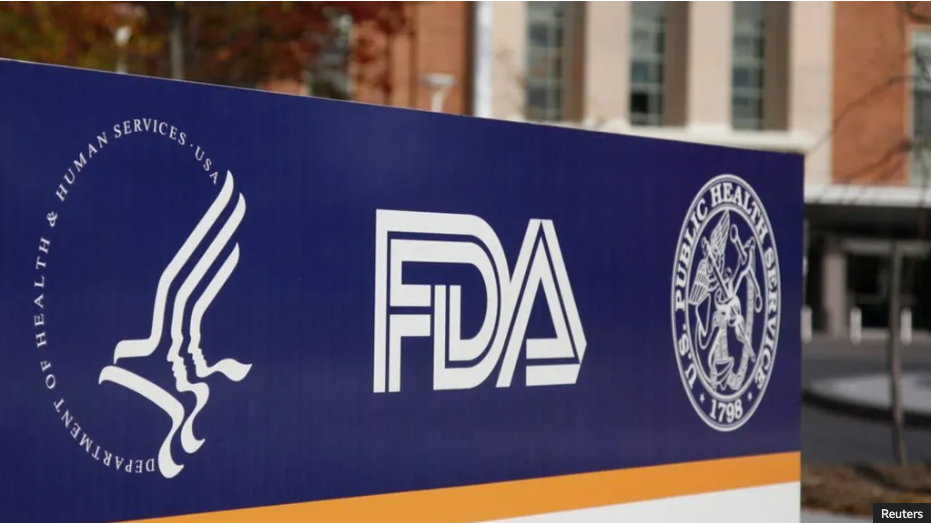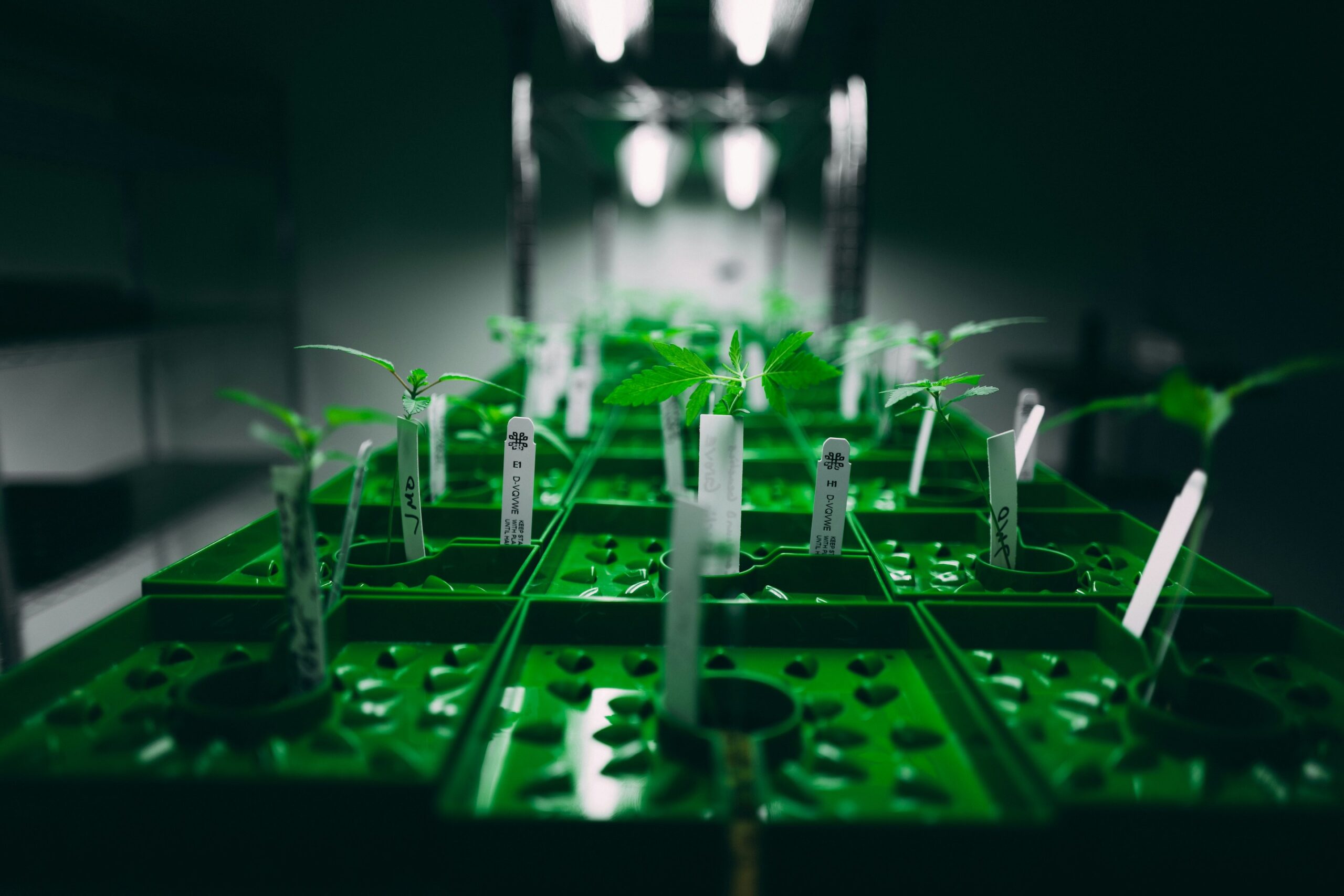May 6th – May 13th 2022
Cannabis to Treat Hyperemesis Gravidarum (HG): Responses from 550 Participants
Responses showed that cannabis was more effective than antiemetics in relieving HG-associated symptoms.
Pregnancy is a very specific and complex period in a woman’s life, marked by altered physiological and biological changes, with common side effects including nausea, vomiting, swelling, fatigue, and sleep loss. [1] Despite having unknown causes, nausea and vomiting in pregnancy (NVP) is reported to be one of the most common conditions, affecting as many as 70% of pregnant women. [2]
The most extreme version of NVP is called hyperemesis gravidarum (HG), accompanied by weight loss, dehydration, and electrolyte imbalances, which can lead to higher risks of unfavorable perinatal outcomes (e.g., low birthweight, preterm birth…). [3] Fluid supplementations and antiemetics (i.e., drugs to help with nausea and vomiting) are often prescribed by physicians to help cope with these symptoms.
More recently, cannabis and cannabis-based products (CBP) have gained tremendous popularity as antiemetic compounds in the treatment of nausea and vomiting associated with cancer chemotherapy. [4] However, studies investigating their use in reducing HG symptoms are lacking.
A group of researchers based in Oregon and Los Angeles aimed to examine the pattern of use and self-reported effectiveness of cannabis and CBP in treatment HG from 550 participants (collected from February 21st to March 31st, 2021) who were or had been pregnant. [5]
Firstly, 96% of participants used prescription antiemetics while 14% reported use cannabis for HG, with the reason most frequently cited being lack of antiemetics effectiveness. Secondly, participants using cannabis were using inhalation as the most frequent method of administration with ∆9-tetrahydrocannabinol (∆9-THC) being the most dominant phytocannabinoid consumed. Finally, 82% of cannabis consumers reported symptom relief compared to 60% for those using antiemetic compounds.
The authors concluded: “Cannabis products may be perceived as a more effective alternative, but more research is required to understand its mechanism and safety…Therefore, depending on the safety profiles, randomized, double-blinded, placebo-controlled trials of cannabis compared to other antiemetics are warranted to determine whether cannabinoids may provide an effective alternative treatment for HG.”
Relationship Between Cannabis Use in Adolescent and Prefrontal Cortical Thinning
Results suggest that adolescent cannabis use is associated with brain development abnormalities.
With more and more US states legalizing cannabis for medical and especially recreational usage, it is not surprising to observe an increase in cannabis consumption among adolescents. [6] Evidence suggest that early cannabis consumption is associated with disruption of the brain’s reward system, impaired memory, and cognition which can lead to changes in brain’s morphology and structure. [7]
Phytocannabinoids are known to interact with two cannabinoid receptors called cannabinoid receptor 1 and 2 (CB1, CB2), with higher expression in the brain for the former and the immune system for the latter. As such, the most pronounced differences following cannabis use among adolescents are noted in brain areas that play a role in processing emotional information, learning, and memory and are rich in CB1R. [8] Additionally, early cannabis use was also associated with a higher rate of cortical thinning of the dorsolateral prefrontal cortex (DPFC), a key region involved in working memory, planning and inhibition. [9] However, most of the evidence did not attempt to look at the directionality of the relationship between adolescent cannabis use and DPFC thinning.
To answer this, Owens et al. used a modeling approach to investigate whether initiation of cannabis use and cortical thickness changes across adolescence (aged between 14 and 19) were causally related using structural magnetic resonance image (MRI) data. [10] Overall, data from 637 adolescents showed that adolescent cannabis use accelerated DPFC thinning.
The authors concluded: “The present results report a notable association between DPFC thinning and cannabis use in a dose-dependent manner…These results are consistent with a body of animal and human research suggesting that adolescent cannabis use adversely affects brain development.”
Relationship Between Cannabis Use and Small Airway Function: Results from a Population-Based Cohort Study
Women were potentially at higher risks to display small airway dysfunction; a new study suggests.
Among the different cannabis consumption methods, smoking is by far the most popular route of administration among cannabis consumers, due to its fast and efficient effect. However, several cons are associated with this method including respiratory problems as well as increased risks of cannabis use disorder (CUD).
Despite this, little is known about the effect of cannabis consumption in regulating lung airways and specifically whether it can impact small airways (airways with a diameter < 2 mm), considered as a key feature of chronic obstructive pulmonary disease (COPD) and a major cause of airway obstruction. [11]
A group of researchers in New Zealand aimed to investigate whether lifetime cannabis exposure can influence small airway function and if this was sex dependent. [12]
They obtained results from 895 adult participants and showed that more men were using cannabis. They found that lifetime cannabis use was associated with small airway dysfunction at age 45 years at a stronger effect in women that was partially reversed after bronchodilator use.
The authors concluded: “lifetime cannabis exposure is associated with measures of small airways dysfunction indicating higher small airway resistance and greater reactance. These associations appear to be stronger women than men. The findings indicate that that the peripheral airways may be a site where cannabis-associated damage differs from the effects of tobacco… Associations were weaker and mostly nonsignificant after bronchodilator use, suggesting that cannabis-induced changes in small airways may be at least partially reversible.”
Thailand Plans to Give Away 1 Million Cannabis Plants to Households
The Government aims to incite residents to have household crops.
On December 25th, 2018, Thailand became the first country in Southeast Asia to allow the use of cannabis for medicinal purposes, in which residents were able to consume cannabis after received a prescription from a certified physician. [13] Three years later, it became the first Southeast Asian country to decriminalize recreational cannabis by removing it from the ministry’s list of controlled drugs. [14]
To promote cannabis as a cash crop, the government is planning to distribute one million free cannabis plants to households as of June 9th, to mark a new rule allow people to grow cannabis from their own home solely for medicinal purposes, after notifying their local government. However, recreational cannabis use remains illegal in the country.
Health Minister Anutin Charnvirakul said: “This will enable people and the government to generate more than 10 billion baht per year in revenue from marijuana and hemp.” [15]
References:
[1] Bjelica A, Cetkovic N, Trninic-Pjevic A, Mladenovic-Segedi L. The phenomenon of pregnancy – a psychological view. Ginekol Pol 2018;89(2):102-106. DOI: 10.5603/GP.a2018.0017
[2] Einarson TR, Piwko C, Koren G. Quantifying the global rates of nausea and vomiting of pregnancy: a meta analysis. J Popul Ther Clin Pharmacol 2013;20(2):e171-83
[3] Fejzo MS, Trovik J, Grooten IJ, et al. Nausea and vomiting of pregnancy and hyperemesis gravidarum. Nat Rev Dis Primers 2019;5(1):62. DOI: 10.1038/s41572-019-0110-3
[4] Taylor BN, Mueller M, Sauls RS. Cannaboinoid Antiemetic Therapy. [Updated 2021 Aug 25]. In: StatPearls [Internet]. Treasure Island (FL): StatPearls Publishing; 2022 Jan
[5] First OK, MacGibbon KW, Cahill CM, et al. Patterns of Use and Self-reported Effectiveness of Cannabis for Hyperemesis Gravidarum. Geburtshilfe Frauenheilkd 2022;82(5):517-527. DOI: 10.1055/a-1749-5391
[6] Hammond CJ, Chaney A, Hendrickson B, Sharma P. Cannabis use among U.S. adolescents in the era of marijuana legalization: a review of changing use patterns, comorbidity, and health correlates. Int Rev Psychiatry 2020;32(3):221-234. DOI: 10.1080/09540261.2020.1713056
[7] Worley J. Teenagers and Cannabis Use: Why It’s a Problem and What Can Be Done About It. J Psychosoc Nurs Ment Health Serv 2019;57(3):11-15. DOI: 10.3928/02793695-20190218-03
[8] French L, Gray C, Leonard G, et al. Early Cannabis Use, Polygenic Risk Score for Schizophrenia and Brain Maturation in Adolescence. JAMA Psychiatry 2015;72(10):1002-11. DOI: 10.1001/jamapsychiatry.2015.1131
[9] Albaugh MD, Ottino-Gonzalez J, Sidwell A, et al. Association of Cannabis Use During Adolescence With Neurodevelopment. JAMA Psychiatry 2021. DOI: 10.1001/jamapsychiatry.2021.1258.
[10] Owens MM, Albaugh MD, Allgaier N, et al. Bayesian causal network modeling suggests adolescent cannabis use accelerates prefrontal cortical thinning. Transl Psychiatry 2022;12(1):188. DOI: 10.1038/s41398-022-01956-4.
[11] Usmani OS, Dhand R, Lavorini F, Price D. Why We Should Target Small Airways Disease in Our Management of Chronic Obstructive Pulmonary Disease. Mayo Clin Proc 2021;96(9):2448-2463. DOI: 10.1016/j.mayocp.2021.03.016.
[12] Tan HS, McAnally HM, Dummer J, Hancox RJ. Lifetime cannabis exposure and small airway function in a population-based cohort study. ERJ Open Res 2022;8(2). DOI: 10.1183/23120541.00688-2021.
[13] https://www.bbc.com/news/world-asia-46679098, assessed on May 12, 2022
[14] https://www.thaipbsworld.com/cannabis-to-partially-come-off-thailands-illegal-narcotic-list-in-about-4-months/, assessed on May 12, 2022
[15] https://www.facebook.com/AnutinC/posts/544977670326232, assessed on May 12, 2022






